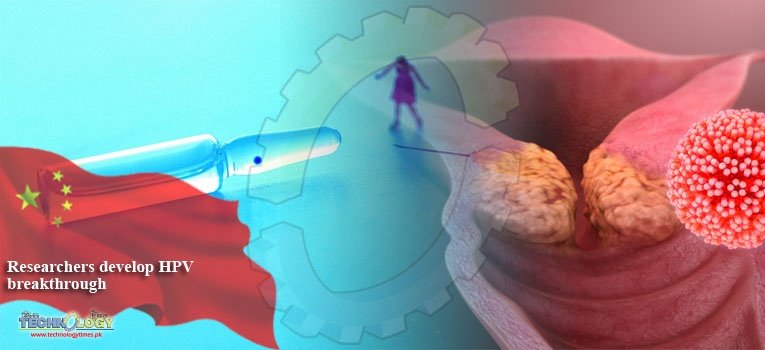Chinese researchers have taken a major step forward in developing a new-generation vaccine with the potential to offer protection against almost all the most lethal forms of human papilloma virus, or HPV.

HPV is primarily transmitted through sexual contact. More than 200 distinct HPV types have been identified, of which at least 18 are high-risk types associated with 99 percent of cervical cancers, the second-most-common cancer among women, after breast cancer.
The Gardasil 9 HPV vaccine, which is currently available, provides the broadest protection against infection from nine HPV types, seven of which can cause 90 percent of cervical cancers. However, it remains unclear whether widespread immunization with vaccines like Gardasil 9 could lead to an increase in infection rates from the other cancer-related HPV types.
To expand type coverage, the approach used in previous vaccines was to increase the number of virus-like particles. One particle resembles one HPV type, and it can elicit immunity to that type. The more particles a vaccine has, the broader the protection it provides.
However, this approach is fraught with difficulties, as an increase in type coverage dramatically enhances protein amounts and immunological agent levels per dose, causing side effects such as pain, swelling and fever and raising manufacturing complexity and production costs.
Researchers at Xiamen University in Fujian province have developed a new vaccine candidate that can protect against more HPV types with fewer particles.
They divided 20 major HPV types – including HPV6 and HPV11, which account for 90 percent of genital warts – into seven groups based on genetic relationships and found that genetically close HPV types share high structural similarities.
Lead researcher Xia Ningshao compared the virus or the vaccine to a “ball”. All HPV types are similar in appearance, but differ significantly on the ball’s surface, with features such as veins and convex and concave areas. These structural features on the surface are called loops.